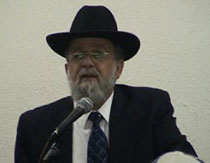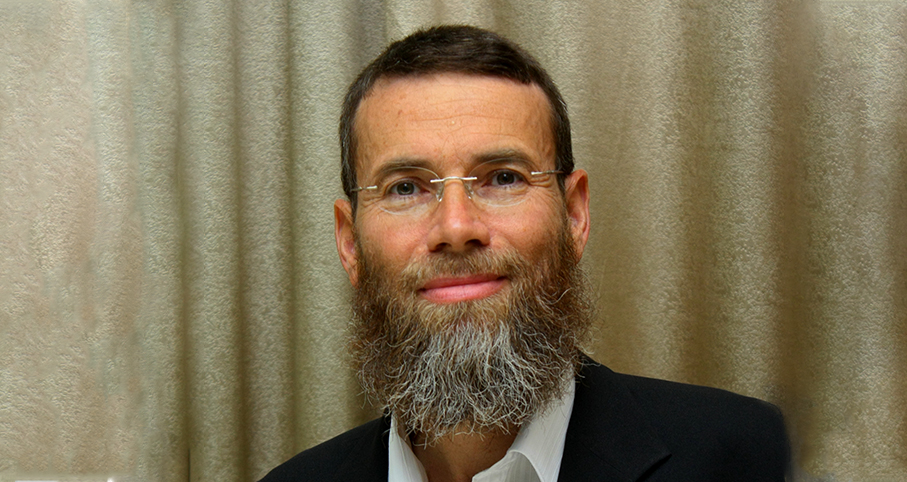Beit Midrash
- Sections
- Chemdat Yamim
- Ein Ayah
Ein Ayah: We see in creation that the higher the level of the creature the greater the extent to which its life force is centralized. For this reason, the more advanced species are more vulnerable than the lower ones. That is why one can see a lowly species cut into pieces and yet remain alive. Therefore, it follows that man, the crown of the creation, has a very exact centrality of his life force.
The level of the creations corresponds to the order in which the Torah tells of their creation. The later the mention, with man being the last, the more important the creation and the stronger its life force. The idea is that the centralization of the life force is greater when it builds on previous, more individualistic forces. Man was created such that his spiritual powers should be focused on one thing, and therefore the centralization is at the root of his existence. When man’s evil inclination brings him to lose his spiritual center and allow him to wander to wherever his temporal desires take him, it robs him of his right to live. This is different from lower beings, which have a right to exist even if they lack a valued goal, because more is not expected of them. After all, man was created last, and eventually he is to unite all of creation for one lofty purpose. However, he can keep this role only when he stays on the straight and proper path.
Regarding puranut, we must distinguish between a lowering of one’s level and his total demise. People’s levels extend from those of the highest of levels down to the people who are beneath them. When there is a need to lower the level of the collective, the person on top does not feel the deterioration right away because he still retains some prestige based on the status which he had previously. Those beneath him, though, who receive much of their stature from the ones above them and have little of their own, will feel the deterioration right away. This is because people will first lose the ability to have a positive impact on others and later lose the ability to hold on to their own level. Therefore, in regard to the sin involving the snake, where the question was only one of losing one’s level, the puranut was handed out from the lower level, the snake, and then preceded on to Adam.
However, the matter is different in regard to the destruction of the flood, which involved the loss of life. In this respect, the higher the level, the more one’s life is centralized, as we have seen. Therefore, once the problem impacted on man’s central essence, his demise came about more quickly. That is why man is described as dying first.

The Placement of Yihiyu L’Ratzon
Various Rabbis | Adar 5769

Perceptions of Life after Death for the Righteous and Others
Various Rabbis | 5770

Quiet Acceptance and Fervent Prayer
condensed from Ein Ayah, Berachot 9:245
Various Rabbis | Shvat 5773
























